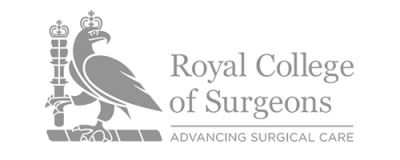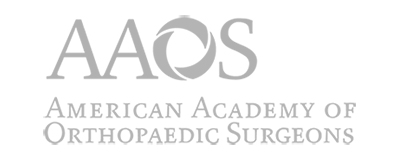CARTILAGE INJURIES
There are two basic types of cartilage in the hip:
Meniscal Cartilage (medial & lateral) – the ‘sports cartilages’ which act as shock absorbers
Articular Cartilage – the space in between the ball and the socket, is what allows the bones of the hip joint to glide together smoothly.
Both types of cartilage can become torn. Hip arthroscopy is the best treatment for all cartilage injuries.
LABRAL TEAR INJURY
Tears of the labrum can occur as a result of a sporting injury but may also occur as a result of a simple twisting injury, for example when getting out of a chair or standing from a squatting position. Our cartilages become more brittle as we age and therefore become more susceptible to tearing. Labral tears do not heal unless they are very small and near the capsule of the joint.
The symptoms of a labral tear include:
- Pain over the torn area
- Hip swelling
- Loss of motion
- Locking if the cartilage gets caught between the bones of the hip joint
- A subjective feeling of the hip giving way – ‘instability’
TREATMENT
The loose, ragged pieces of the torn cartilage are removed by arthroscopic surgery. Once the torn section is removed the hip should recover and become symptom free.
Under certain circumstances, repair of a torn meniscus can be performed. The usual criteria are a young patient with a relatively recent injury and with a tear that is anatomically amenable to repair.
Once the labrum has been torn the hip is more likely to develop osteoarthritis (wear and tear) in later years. It must be emphasised that it is the damage done to the labrum, not the surgery that predisposes to later arthritis.
ARTICULAR CARTILAGE INJURY
Damage to the articular (‘surface’) cartilage is a significant injury as the major shock-absorbing function of the hip is compromised. Large pieces of articular cartilage can float in the knee, sometimes with bone attached.
As with labral tears , symptoms of damaged articular cartilage include:
- Pain
- Locking
- Instability
- Swelling
Further damage to the joint can also be caused by the loose body floating around the hip. Most surface cartilage wear will ultimately lead to osteoarthritis.
TREATMENT
Symptoms can be helped with arthroscopic surgery – the edges of the surface cartilage are smoothed and loose bodies removed.
Larger areas of articular cartilage damage are usually treated by micro fracture, performed at the same time as arthroscopy. A small, sharp pick is used to perforate the underlying bone and encourage healing of the cartilage defect. A good outcome can result, but does not replace the damaged area with normal cartilage.
For very large areas of damage, cartilage replacement techniques may be required to delay the onset of osteoarthritis:
Micro Fracture is where small cylinders of bone and cartilage are harvested from a less important area of the knee and packed into the defect, creating a cobblestone-like repair which has a true cartilage surface.
Autologous Chondrocyte Grafting involves harvesting cartilage cells from the affected knee, sending these cells to a laboratory where they are cultured to multiply. The large amounts of cells produced are then placed back into the damaged area of the knee. Although a fairly new technique, results are encouraging.
After most cartilage injuries have been treated the hip can return to normal function. There is however an increased risk of developing osteoarthritis in the long term and depending on the degree of injury, activity modification may be required.
Discussion with Nadim is important to answer any questions that you may have. For information about any additional conditions not featured within the site, please contact us for more information.









